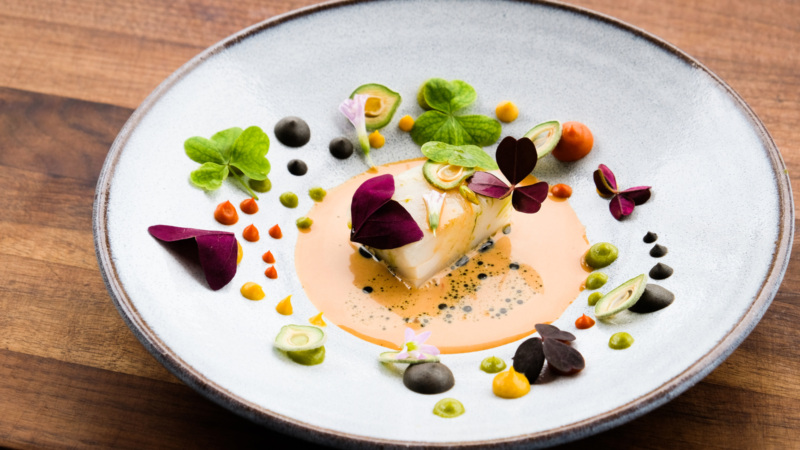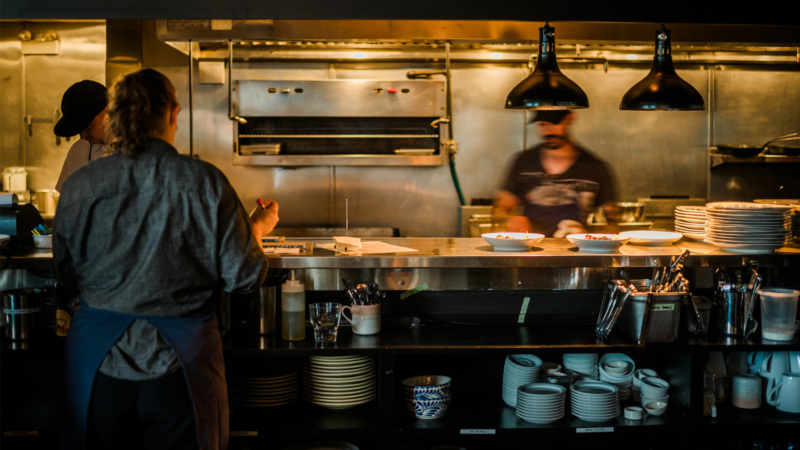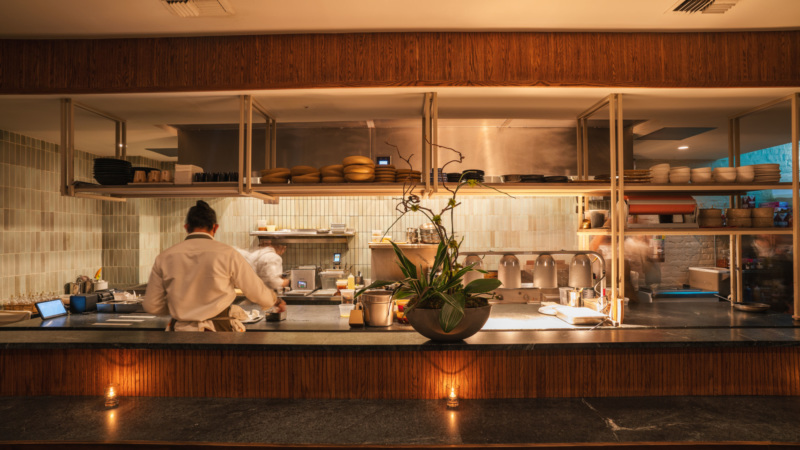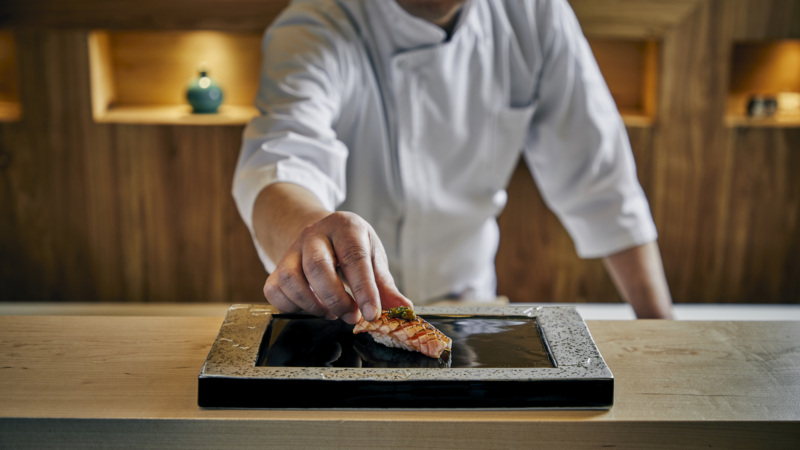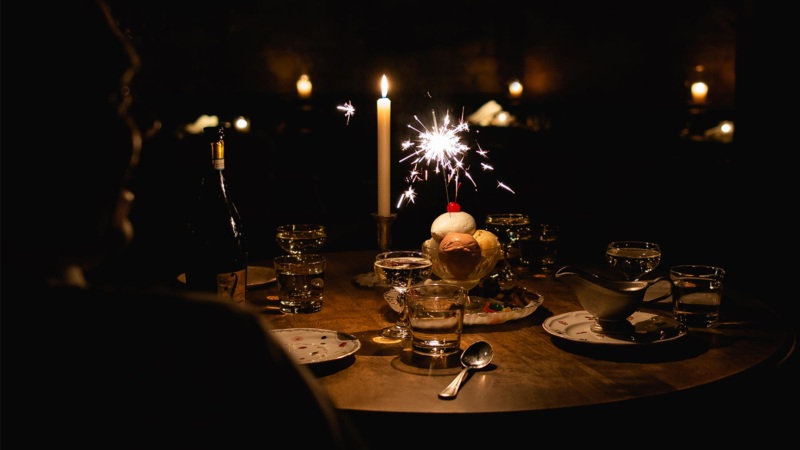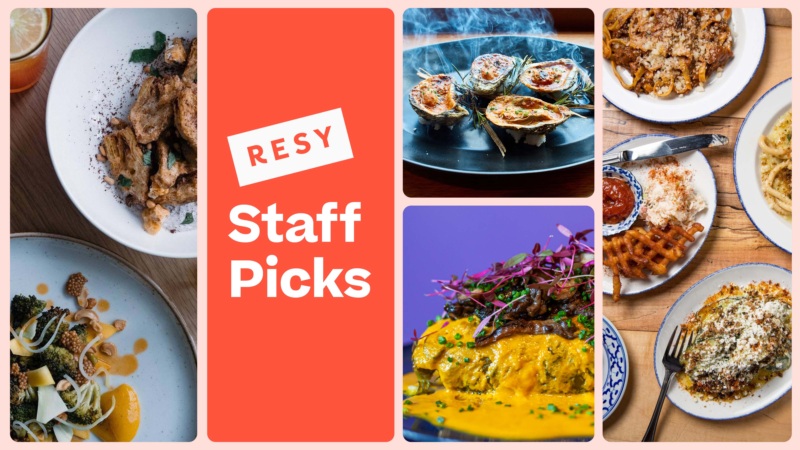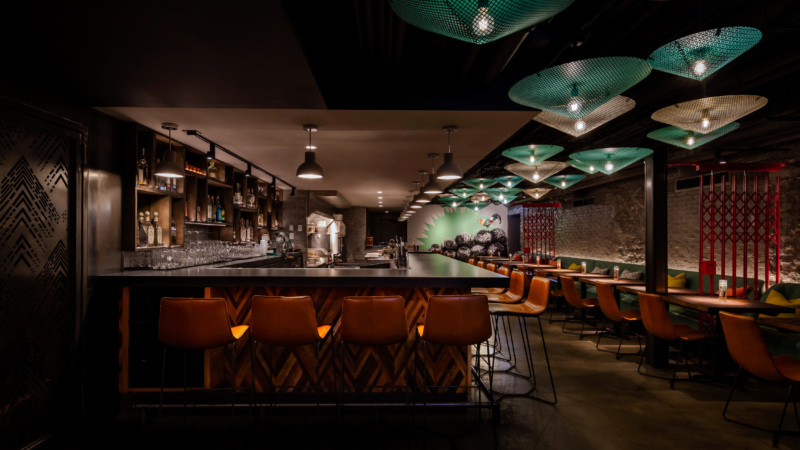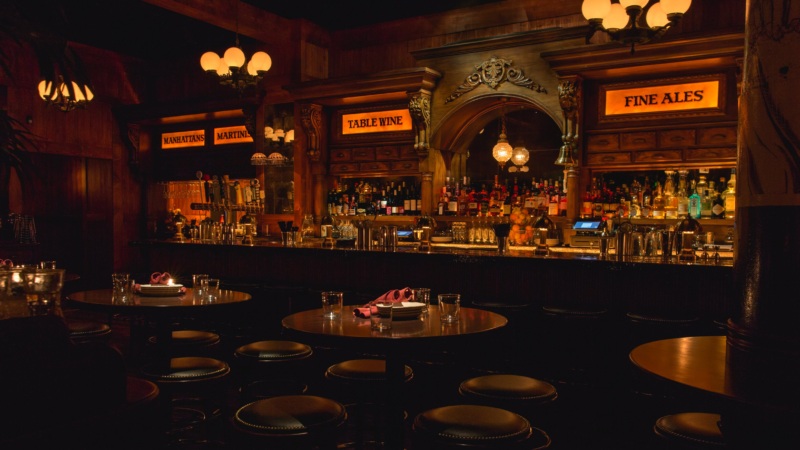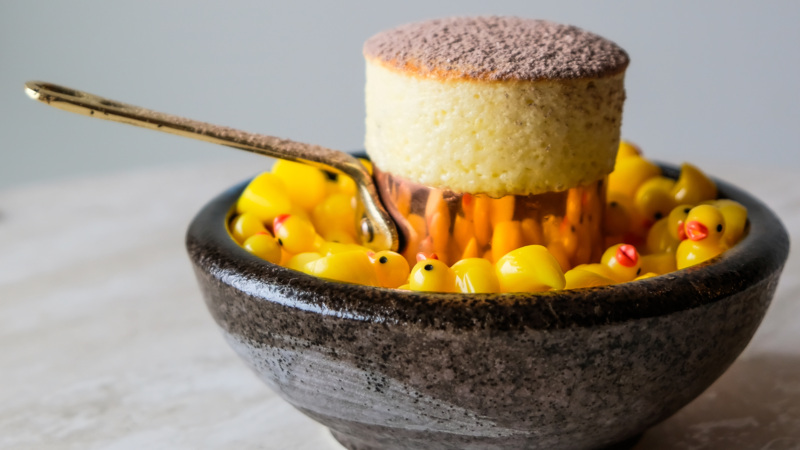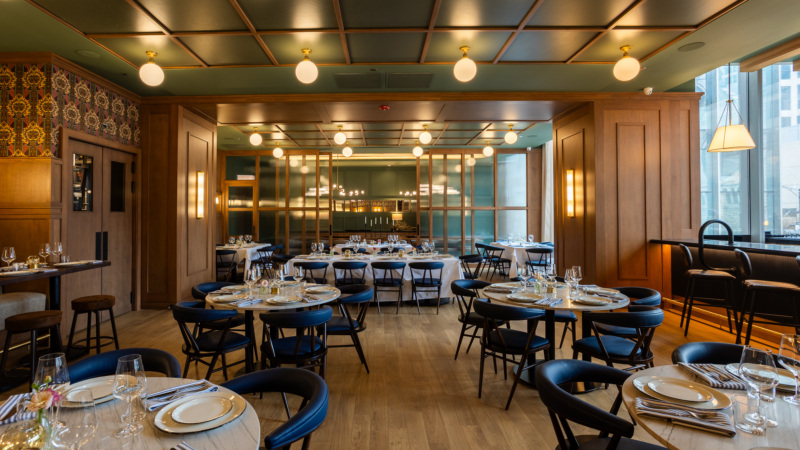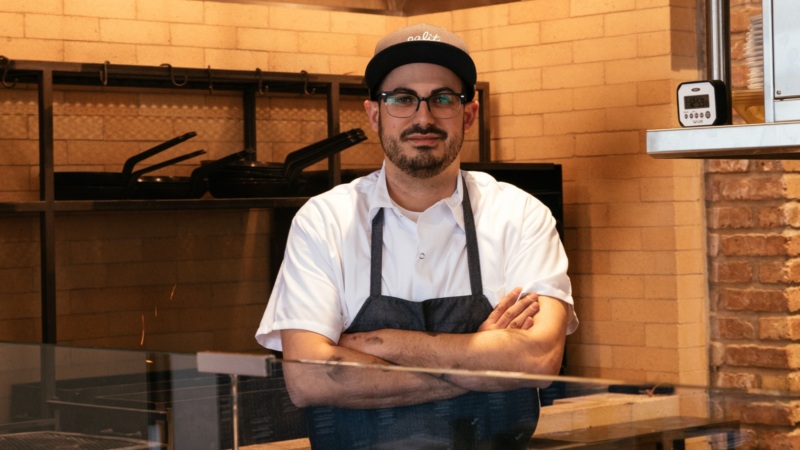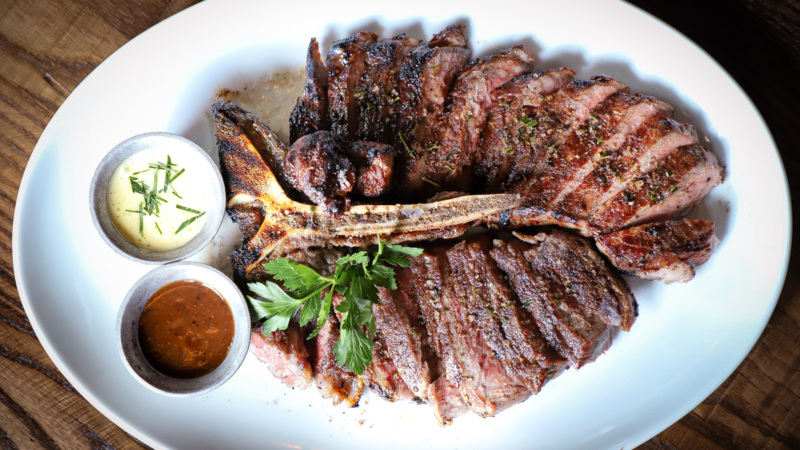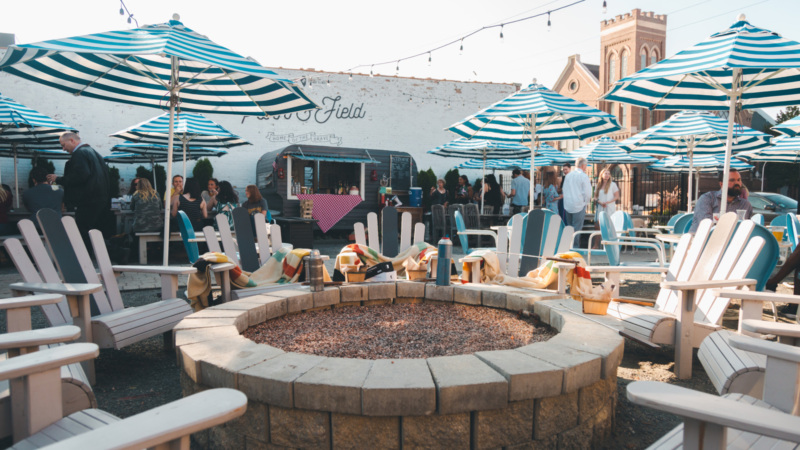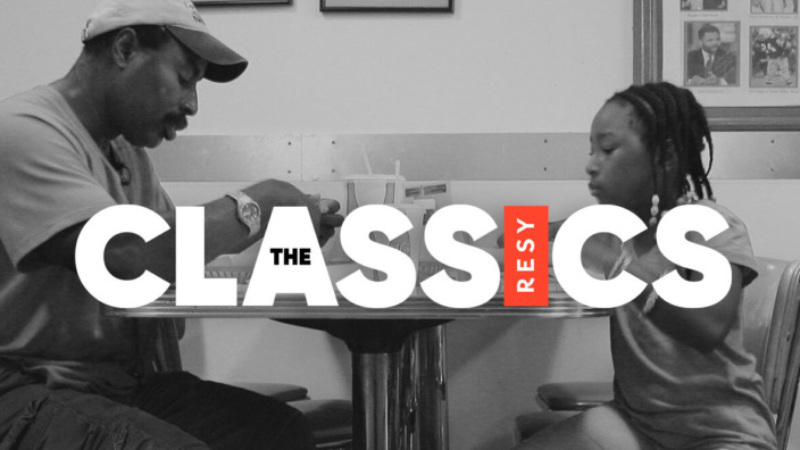
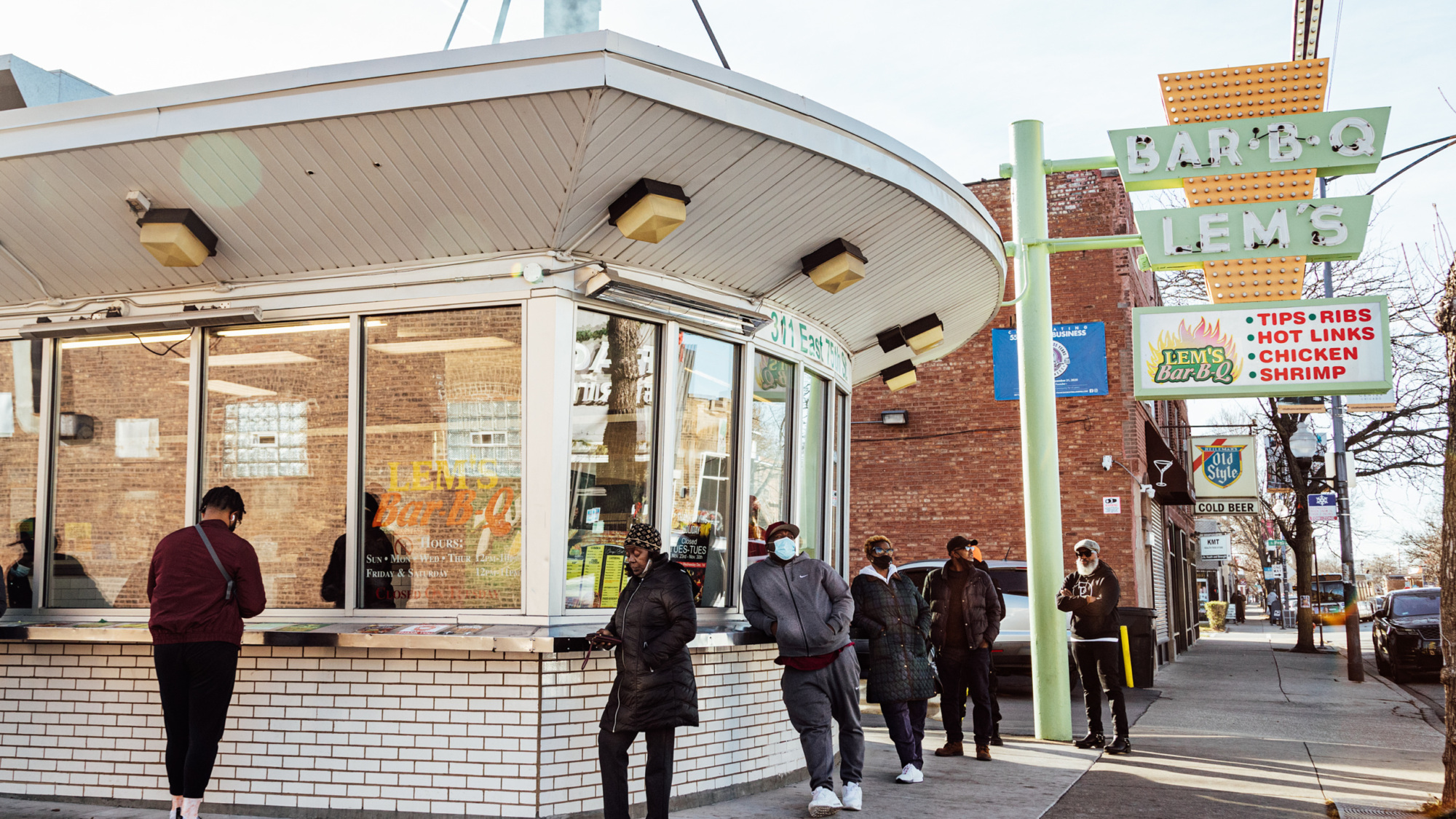
At Lem’s Bar-B-Q, Comfort Comes in a Plaid Paper Boat
We zipped down 75th Street for an early dinner the day that indoor dining reopened in Chicago last year, but we were already too late. The line that we’d hoped to beat already circled the building. A well-seasoned waft from the smokestack ushered me, my husband, and our toddler to the end of the queue. As we waited outside in dipping January temperatures, I realized little could keep me away from the smoky succulence of Lem’s Bar-B-Q.
Anyone familiar with Lem’s, the nearly 70-year-old, family-owned restaurant, knows that Lem’s doesn’t offer indoor dining. Never has. So, it may seem counterintuitive that we’d choose a carryout-only spot during indoor dining’s homecoming.
But Lem’s has been a lullaby over the years, soothing me in moments when hugs (edible ones included) were what I needed most. And just the day before, I’d buried my dad. Comfort food that night came steaming hot in a plaid paper boat filled with fries made perfectly soggy by gobs of Lem’s secret sauce; rib tips layered high with a snappy hot link snuggled in; and slices of white bread on top for good measure.
South Side barbecue is a Chicago food mainstay, noticeably absent the braggadocio typical of its peers. While Chicago-style hot dogs and pizza can be acquired from almost all corners of the city, South Side barbecue is uncompromising; it isn’t served willy-nilly just anywhere. There’s no generic version, brand name only. “South Side barbecue” differentiates this hyper-regional cooking style from the rest of the barbecue canon. It designates a landmark, as much as an identity, all while preserving a culinary tradition deeply rooted in African American heritage.
Growing up, barbecue was seasonal, holiday fare that my family would have during summer months. Ribs were rarely ever restaurant food, just good ole family cookout food — tended to by my dad and my uncles — and we’d demolish it outdoors in a park such as Dan Ryan Woods (my grandma’s favorite) or in someone’s backyard. Barbecue was the turkey and cornbread dressing of our summertime gatherings. It wasn’t until many moons of adulting later that I’d become enlightened to the boundlessness of barbecue found at Lem’s.
Long before opening what is now considered to be one of the oldest and most influential barbecue restaurants in the Midwest, the Lemons brothers — Bruce, Myles, and James — learned their way around the kitchen while cooking with their mom as youngsters in Indianola, Mississippi. Their dad taught them the art of grilling. “My daddy made a little brick pit outside the house and we used to barbecue smoke meat,” said James Lemons in a 2008 Southern Foodways Alliance interview. “We always fooled around with it, you know, smoking meat and cooking meat on the grill.”
They got into the restaurant business soon after migrating to Chicago, where they worked as cooks at Greek-owned eateries on the north side. The Lemons brothers opened their first restaurant on 59th Street in the early 1950s, building upon Chicago’s rich legacy of Black entrepreneurship established by Jean Baptiste Point DuSable centuries earlier. The second — and now only — Lem’s opened on 75th Street in the 1960s.
So-called South Side barbecue blossomed into cultural institutions as Black-owned rib joints thrived on the south and west sides, including several owned by another well-known family, the Collins brothers, also from Indianola. Less rival business owners and more community partners, their kinship extended into a supportive network instrumental in navigating the challenges of owning and operating a restaurant. The line in camaraderie, however, was drawn with sauce. As Adrian Miller, author of Black Smoke: African Americans and the United States of Barbecue, lays out in his book: “A barbecue restaurant’s entire reputation and fortunes may hinge on its sauce.” The sauce was and still is a very valuable brand element.
“Sprinkling mix.” That’s the most James ever shared about the combination of spices that goes into Lem’s barbecue sauce. Offered in mild and hot, Lem’s sauce is a tomato-based portal to the past. Myles Lemons adapted his mom’s “spicy gravy” recipe, adding his own flourishes to create the Valentine-colored sauce that’s served at Lem’s today. The sauce is so legendary that a few years ago, a fellow Chicago restaurateur brazenly offered a knock-off of the treasured, family-owned sauce on his menu. It was a true Golden Arcs moment for which the restaurateur promptly received a letter to cease and desist.
“Love No Limit” played on the speaker as I stepped up to place our order. Two small rib tip combos, hot just as Mary refrained, “Loving you, every day.” We watched the theater happening behind the plexiglass window, once an eyebrow-raiser, now a quiet nod and resolution to these days of COVID. I think of how ingenuity is part of South Side barbecue’s DNA, from the all-weather aquarium smoker to the once discarded cut of meat reimagined as the rib tip.
Like so many of Chicago’s iconic soul food restaurants, many of the old-guard rib joints have disappeared over the years. Lem’s continues to be an anchor in a corridor of weighty Black-owned businesses on 75th Street in the Chatham neighborhood. The restaurant has been passed down to James Lemons’s daughter, Carmen, who keeps her family’s name on the marquee in lights — a beacon for us all.
Angela Burke is a Chicago-based food writer and the creator of Black Food & Beverage. Follow her on Instagram and Twitter. Follow Resy, too.

